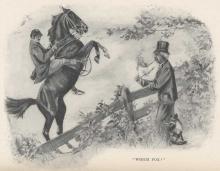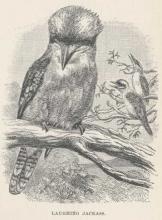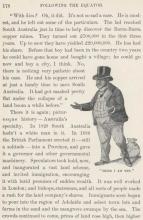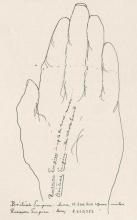Chatterton's Opera House, Springfield, IL
- Read more about Chatterton's Opera House, Springfield, IL
- Log in to post comments
January 8, 1885
From http://sangamoncountyhistory.org/wp/?p=2456 Chatterton Opera House, Posted on October 30, 2013 by editor
However, on March 17, 1876, Rudolph’s was almost completely destroyed by fire. “There is a story that Mr. Bunn, upon being awakened with the news that the Opera house was burning down, remarked that he couldn’t put it out, and turned over and went to sleep again,” Gib Bunn wrote.



